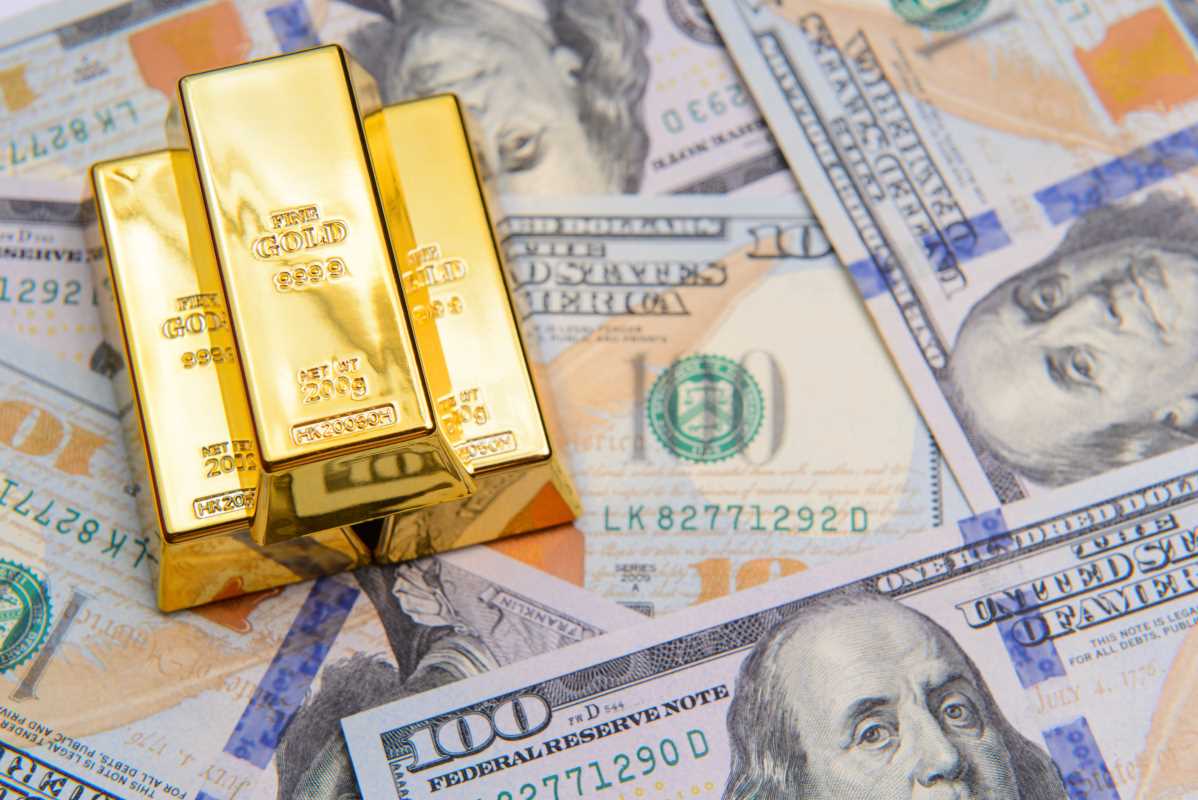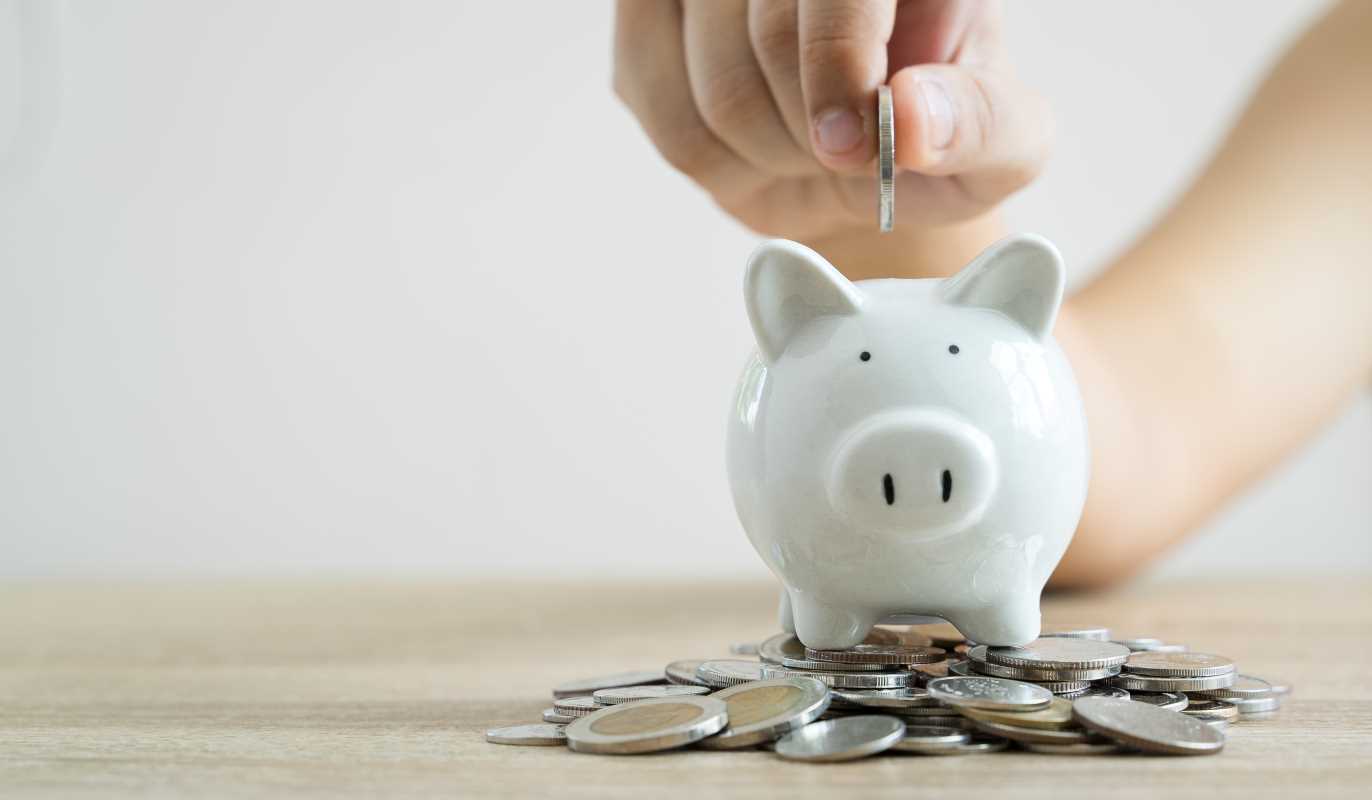When financial uncertainty arises or markets grow turbulent, one type of asset often shines brighter than the rest: precious metals. For centuries, gold, silver, and other precious metals have carried a sense of security and value. But what makes them so appealing to modern investors?
If you're crafting your investment portfolio and looking for ways to add stability, here's a detailed look at why gold and precious metals deserve your consideration. We'll cover their benefits, how to invest in them, potential risks, and smart strategies for building wealth with these timeless assets.
Why Gold and Precious Metals Matter in Your Portfolio
1. A Hedge Against Inflation
Inflation can quietly erode your savings over time, reducing purchasing power and leaving you with less-than-expected returns. Gold and precious metals, however, serve as an excellent hedge against this silent thief.
When inflation rises and fiat currencies lose value, gold tends to hold or even increase its worth. That’s because precious metals aren't tied to any single currency, making them a reliable store of value.
Example:
Imagine an era of high inflation where the value of the US dollar drops significantly. While your paper currency buys less, the value of gold often rises in response, preserving your purchasing power and buffering against economic shocks.
2. Diversification for Stability
Diversifying your portfolio is a proven strategy for reducing risk. Think of your investments as a team of players, each with its own strengths. While stocks offer growth, and bonds provide income, precious metals act as the defensive player, protecting your portfolio when markets fall.
Gold's price movements often contrast with stocks and bonds. When traditional markets decline due to geopolitical tensions or economic uncertainty, gold typically performs well, cushioning your overall portfolio from losses.
3. Intrinsic and Timeless Value
Unlike stocks or bonds, which derive their value from underlying companies or governments, precious metals possess intrinsic value. Gold, silver, platinum, and palladium are universally recognized as valuable, making them a global form of currency and store of wealth.
Whether you're in New York, Tokyo, or Paris, a bar of gold holds universally understood worth. This makes precious metals particularly appealing during periods of global economic instability.
4. Long-Term Stability for Generational Wealth
If your goal is wealth preservation for years or even decades, gold and precious metals can play a critical role. Historically, precious metals have maintained their value over centuries, making them ideal for long-term holdings and passing wealth to future generations.
Ways to Invest in Gold and Precious Metals
There’s no one-size-fits-all approach when it comes to investing in gold and precious metals. You can choose the method that aligns with your risk tolerance, investment goals, and level of involvement. Here's a breakdown of the most common options.
A. Physical Precious Metals
Investors often favor gold and silver in their tangible forms, such as bullion bars or coins. Holding physical metals offers a sense of security and authenticity, knowing you have an asset you can keep and touch.
Benefits:
- Physical metals are free from third-party risks, such as a failing financial institution.
- Owning coins or bars provides direct asset ownership.
Risks:
- Storing precious metals securely can be costly, and you may need to purchase a safe or insurance for protection.
- Precious metals in physical form are less liquid, meaning it can take time to find a buyer or convert them into cash.
Practical Tips:
- Use highly reputable dealers to avoid counterfeit products.
- Consider secure storage solutions like bank vaults or professional depositories instead of home safes.
B. Exchange-Traded Funds (ETFs)
For those who prefer a more hands-off approach, gold, silver, or platinum ETFs offer an easy way to gain exposure to precious metals. These funds track the price of the metal, making them ideal for passive investors who want convenience.
Benefits:
- No need for physical storage; assets are held electronically.
- High liquidity means you can quickly buy or sell through your brokerage account.
Risks:
- ETFs may not provide true ownership of metals, as you’re buying shares, not physical gold.
- Management fees can slightly erode returns over time.
C. Mining Stocks and Precious Metal Funds
Investing in companies that mine and produce precious metals offers another route. Mining stocks typically amplify returns compared to the metals themselves during periods of rising prices, providing growth opportunities.
Benefits:
- Potential for higher returns compared to the commodities themselves.
- Offers some exposure to dividend yields if you pick mining companies with strong financials.
Risks:
- Mining stocks are tied to company performance, and operational risks can introduce volatility.
- Commodity price drops can significantly impact stock prices.
D. Precious Metal IRAs
For retirement-focused investors, a self-directed IRA allows you to include gold and other precious metals in your portfolio. This strategy lets you enjoy tax advantages while safeguarding your retirement savings.
Practical Tip:
Look for a custodian specializing in precious metal IRAs and ensure you meet IRS requirements for eligible metals.
Understanding the Risks
While precious metals offer clear benefits, they're not without risks. Here’s what to keep in mind when adding them to your portfolio.
1. Price Volatility
Although stable over the long term, gold and silver prices can fluctuate significantly in the short term due to market sentiment, currency changes, or central bank policies.
How to Mitigate It:
- Combine precious metals with other assets for a more balanced portfolio.
- Avoid panic selling during short-term price declines. Focus on the long-term picture.
2. Storage and Security Concerns
Physical metals require secure storage, which increases costs and logistics.
How to Mitigate It:
- Opt for ETFs or mining stocks if secure storage feels like a hassle.
- Use professional storage facilities to reduce potential security risks.
3. Lack of Steady Income
Unlike stocks or bonds, precious metals don’t pay dividends or interest, potentially limiting cash flow in your portfolio.
How to Mitigate It:
- Use metals as a supplementary investment, balancing them with cash-generating assets like dividend-paying stocks.
Tips for Getting Started with Precious Metals
- Define Your Goals
- Are you looking for a hedge against inflation, portfolio diversification, or long-term wealth preservation? Identifying your goals will guide your approach.
- Start Small
- You don’t need to redirect your entire portfolio into gold. A general rule of thumb is to allocate 5–10% to precious metals for diversification.
- Do Your Research
- Take the time to understand the market. Research dealers, compare fees for ETFs, and vet mining companies before investing.
- Reassess Regularly
- Your portfolio and needs will evolve over time. Periodically re-evaluate your holdings to ensure alignment with your current financial goals.
 (Image via
(Image via





